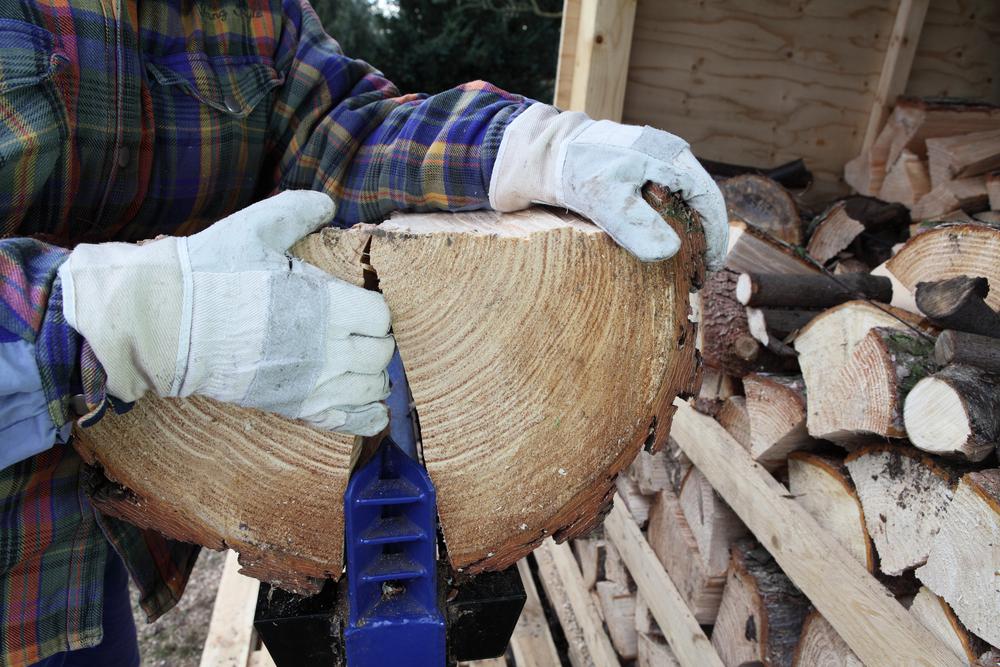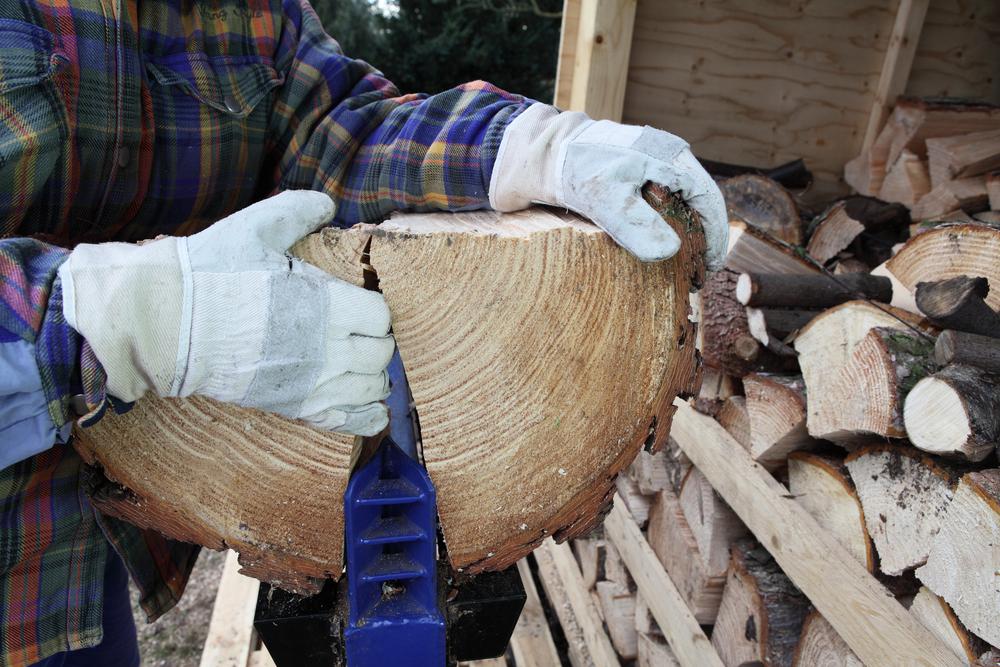Modern Wood Splitting Tools: A Comprehensive Guide to Effortless Firewood Preparation
Discover the benefits of modern wood splitting tools that make firewood preparation easier, safer, and more efficient. From electric and hydraulic to manual and fuel-powered options, learn how to select the right machine, operate it safely, and improve productivity in both residential and commercial settings. This comprehensive guide helps you understand different types of wood splitters, safety precautions, and tips for effective use. Upgrade your firewood processing experience today and enjoy effortless, consistent results with the latest technology in wood splitting equipment.

Modern Wood Splitting Tools: A Comprehensive Guide to Effortless Firewood Preparation
Preparing firewood has traditionally been a labor-intensive task that demands significant physical effort and time. For homeowners, landscapers, forestry workers, and outdoor enthusiasts, splitting wood manually using axes or wedges can be strenuous and sometimes dangerous. Fortunately, technological advancements over recent years have revolutionized this process, making it much easier and more efficient. Today’s market offers a variety of innovative wood splitting equipment designed to reduce effort, improve safety, and increase productivity. These modern tools range from compact manual devices to powerful electric and hydraulic machines, catering to different needs and scales of operation.
Whether you need to split logs for a fireplace in your home or handle large quantities of firewood for commercial use, selecting the right wood splitter is crucial. The right tool can save you time, reduce physical strain, and ensure safety during operation. With numerous models available, understanding their features, benefits, and suitable applications helps in making an informed choice. This article provides an in-depth overview of modern wood splitting tools, including how to assess your needs, operate them safely, and select the ideal machine for your specific requirements.
Evaluating Your Wood Splitting Needs to Make the Right Choice
Before purchasing a wood splitter, it’s essential to understand the different types available and determine which best suits your specific needs. Wood splitters can be broadly categorized into electric, hydraulic, manual, and fuel-powered models. Each type offers unique advantages depending on the scale of work, portability requirements, and type of wood to be split.
Types of Wood Splitters and Their Features
Electric Splitters: These are popular for home use due to their quiet operation, ease of use, and low maintenance. Electric splitters are ideal for splitting smaller logs and are usually lightweight and portable, making them suitable for homeowners or hobbyists with limited space.
Hydraulic Splitters: These machines utilize hydraulic pressure to exert powerful force capable of splitting large, hard logs with minimal effort. They are often used in professional or commercial settings where high efficiency and durability are required. Hydraulic splitters are available in both stationary and portable versions, providing flexibility for different work environments.
Manual Splitters: These are typically lever-based devices that rely on human strength to operate. While they may require more effort, manual splitters are portable, affordable, and suitable for light to moderate work on small to medium logs. They are an excellent choice for those who prefer a less electric-dependent solution or have occasional splitting needs.
Fuel-Powered Splitters: Powered by gasoline or diesel engines, these models combine high power with portability. They are perfect for large-scale firewood processing, especially in remote locations where electrical outlets are unavailable. Despite their robustness, fuel-powered splitters may require regular maintenance and fuel supply management.
All these models operate on similar fundamental principles—using pistons, blades, or screw mechanisms driven by hydraulic, electric, or manual force to split logs efficiently. Modern advancements have focused on making these devices safer, more user-friendly, and capable of handling a wider variety of wood types and sizes. The increasing demand for processed firewood in residential and commercial sectors has propelled the development and popularity of these advanced wood splitting tools.
Ensuring Safety During Operation of Wood Splitters
Safety should always be a top priority when operating any power tool, including wood splitters. Accidents can occur if proper procedures are not followed, often resulting in injuries or equipment damage. Therefore, understanding how to operate these machines safely and correctly is vital for anyone using them.
Essential Safety Precautions
Familiarize Yourself with the User Manual: Before using any new equipment, thoroughly read the manufacturer’s instructions and safety guidelines. Understanding the machine’s functions and safety features is essential for preventing accidents.
Wear Appropriate Personal Protective Equipment (PPE): Always wear safety helmets, gloves, eye protection, ear protection, and secure clothing that fits well, avoiding loose sleeves or accessories that could get caught in moving parts.
Inspect Logs Before Use: Check the condition and type of wood to ensure it’s free from nails, screws, or other embedded objects that could damage the machine or cause dangerous projectiles.
Proper Log Placement and Handling: Position logs correctly on the machine’s splitting surface, keeping hands and body parts clear of the splitting mechanism during operation.
Work in a Safe Environment: Ensure your workspace is free from obstacles, debris, and other hazards. Adequate lighting and a stable, level surface are fundamental for safe operation.
Stay Focused and Avoid Distractions: Concentrate on the task at hand. Never operate a wood splitter when tired, distracted, or under the influence of alcohol or medication that may impair your focus.
Transitioning to modern wood splitting tools brings tremendous benefits in terms of efficiency, safety, and ease of use. Whether you own a small household fireplace or run a large forestry operation, investing in the right equipment can transform a difficult, labor-intensive job into a quick and safe process. Regular maintenance, proper training, and adherence to safety guidelines are essential components of effective and secure wood splitting practices. By choosing the appropriate machine tailored to your needs and ensuring safe operation, you can enjoy a steady supply of split firewood with minimal effort and maximum safety benefits.





